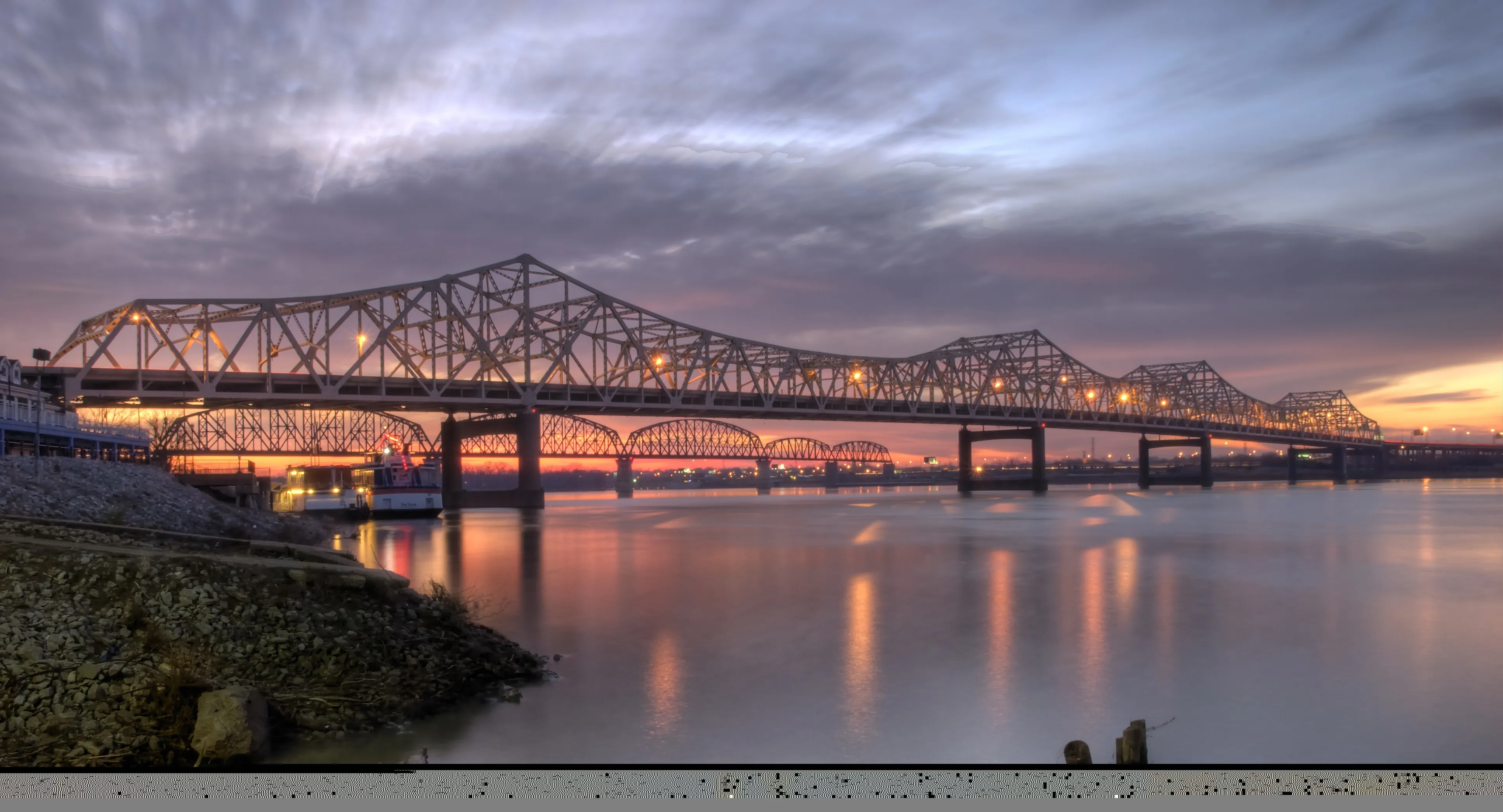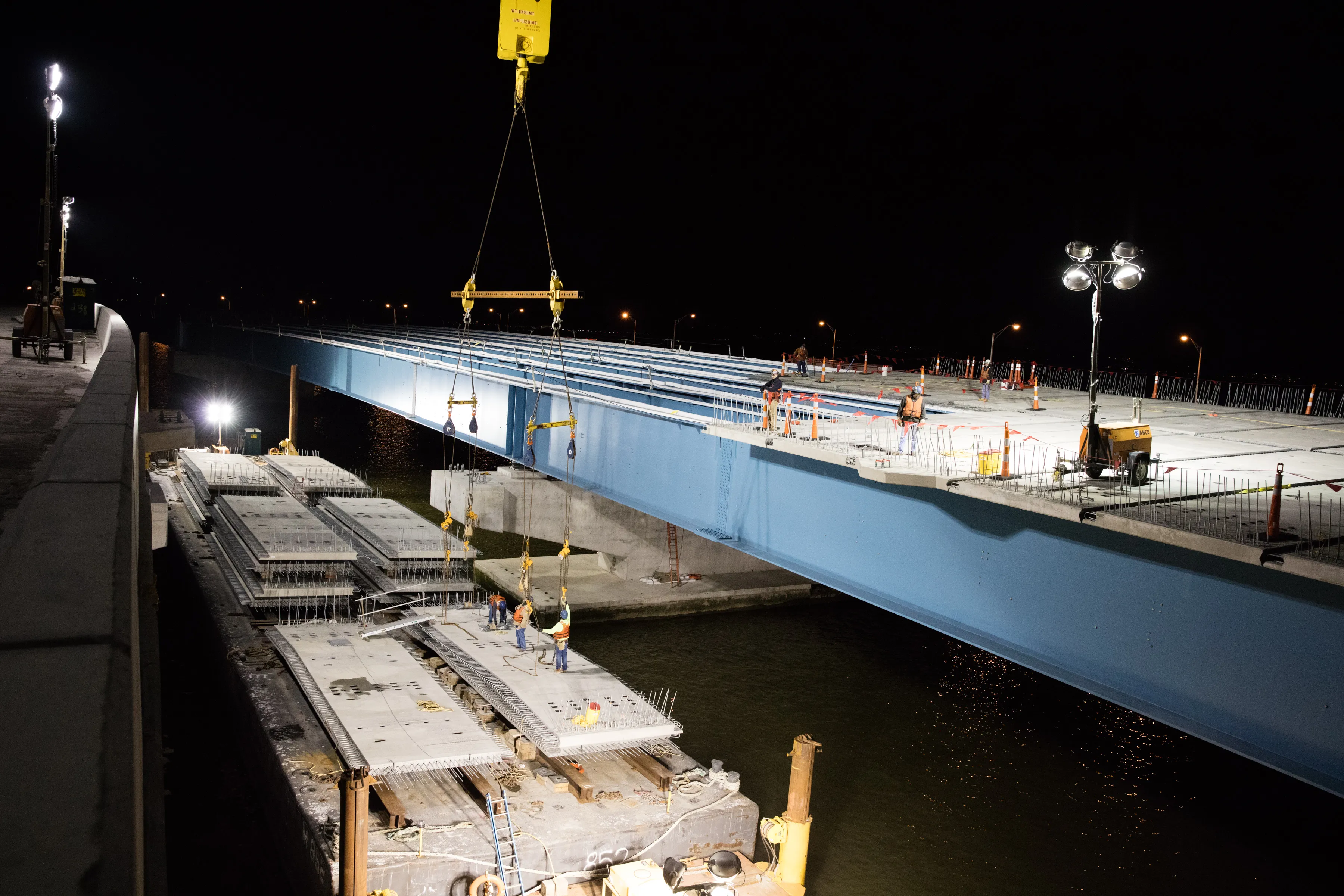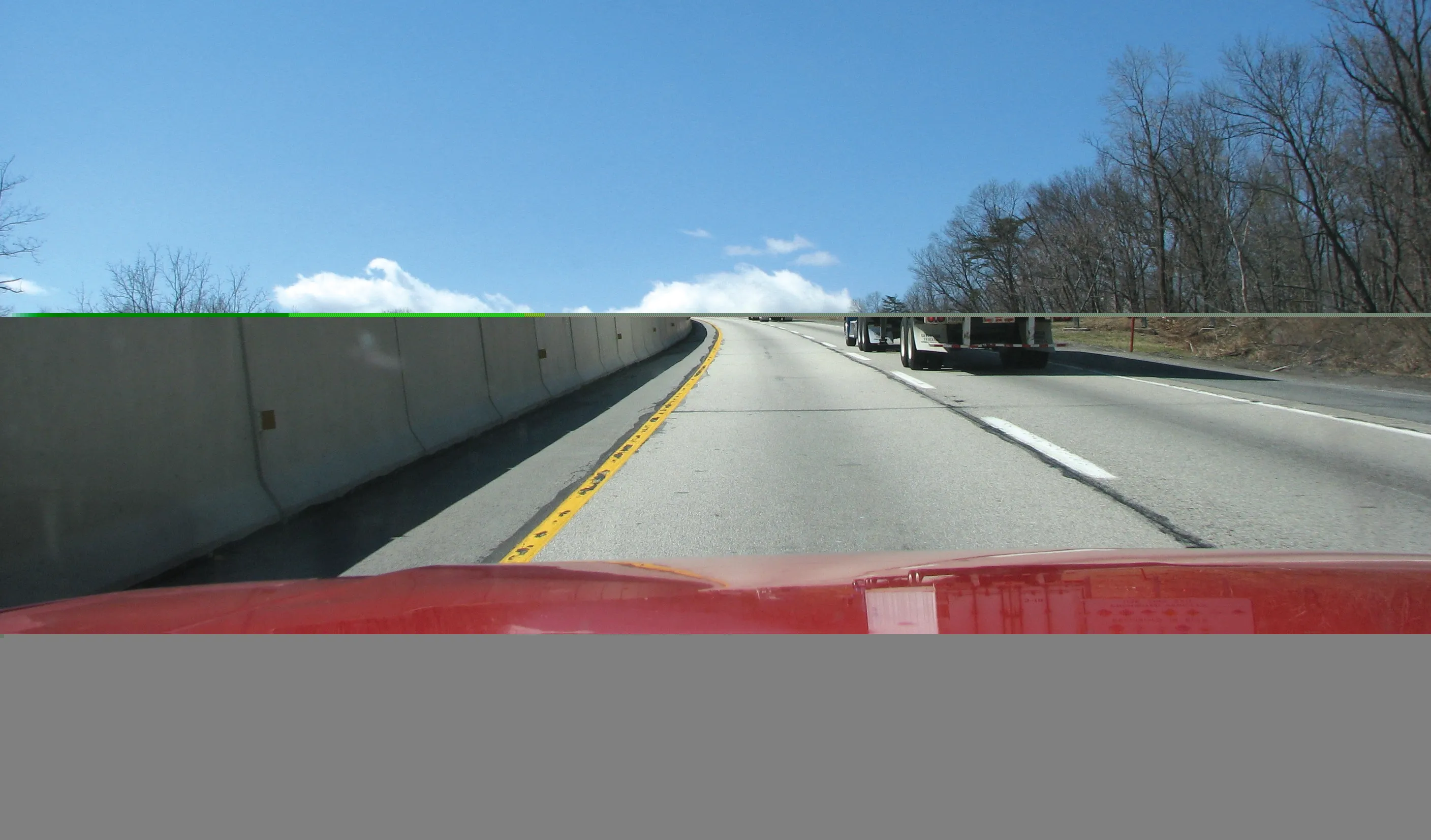US Transportation Secretary Anthony Foxx has revealed that a Transportation Infrastructure Finance Innovation Act (TIFIA) loan worth US$474 million will help pay for construction of the replacement for the current Goethals Bridge that connects Elizabeth, New Jersey with Staten Island, New York.
The
A new cable-stayed bridge, with six much wider travel lanes, an outer shoulder and an inner shoulder on each roadway, will replace the existing bridge. The new bridge will also offer a sidewalk and bikeway along the northern edge of the New Jersey bound roadway and enough space between the eastbound and westbound roadway decks to accommodate possible transit service in the future.
The Goethals Bridge provides crucial access to Newark Airport from New York City and provides a connection between the New Jersey Turnpike, Routes 1 & 9 and other New Jersey highways, the Staten Island Expressway (I-278), and the Verrazano-Narrows Bridge.
The loan will go toward the $1.5 billion total cost of the project. The new bridge is being constructed through a private, long-term development contract with NYNJ Link, a consortium of









